Junkyard Find: 1985 Mazda GLC Hatchback

When the Mazda Familia first came to North America, it had rear-wheel-drive, its chassis was very similar to that of an RX-7, and it was called the GLC, for “great little car.” By 1981, the GLC had switched to front-wheel-drive, and later in the decade it became known as the 323. In this series, we’ve seen this ’80 hatch, this ultra-rare ’81 sedan, this ’83 sedan, this ’84 hatchback, and now today’s interestingly decorated ’84. We’ve also seen what’s probably the most original GLC in the country, courtesy of Mazda HQ in California.
The hood is painted with a big star and there are “turbo turtles” on the sides. If this is a popular-culture reference, it’s one I’ve missed.
The 1.5 liter E5 engine was standard equipment in the ’85 GLC.
All in all, a fairly generic mid-80s econo-hatch.
The sedan version was pitched as a high-performance economy car.
In Japan, M. Takanaka did the music for Familia ads.

Murilee Martin is the pen name of Phil Greden, a writer who has lived in Minnesota, California, Georgia and (now) Colorado. He has toiled at copywriting, technical writing, junkmail writing, fiction writing and now automotive writing. He has owned many terrible vehicles and some good ones. He spends a great deal of time in self-service junkyards. These days, he writes for publications including Autoweek, Autoblog, Hagerty, The Truth About Cars and Capital One.
More by Murilee Martin
Latest Car Reviews
Read moreLatest Product Reviews
Read moreRecent Comments
- Jeffrey Henry Ford said about innovation, “ If I had asked my customers what they wanted, then they would have said a faster horse." Change is inevitable!!!https://www.wri.org/insights/countries-adopting-electric-vehicles-fastest#:~:text=Currently%2C%2016%20countries%2C%20including%20Canada,create%20and%20enforce%20such%20policies.
- ToolGuy If these guys opened a hotel outside Cincinnati I would go there to sleep, and to dream.
- ToolGuy Michelin's price increases mean that my relationship with them as a customer is not sustainable. 🙁
- Kwik_Shift_Pro4X I wonder if Fiat would pull off old world Italian charm full of well intentioned stereotypes.
- Chelsea I actually used to work for this guy



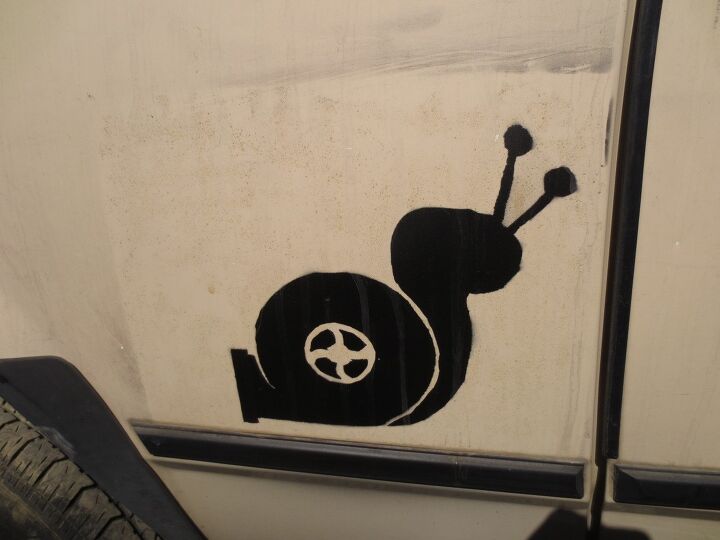

























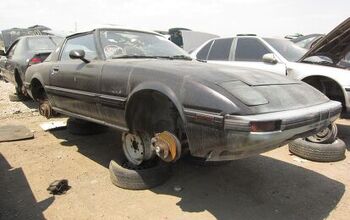


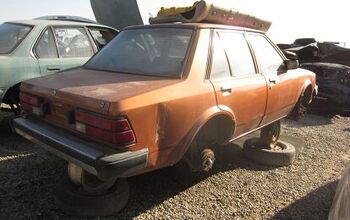




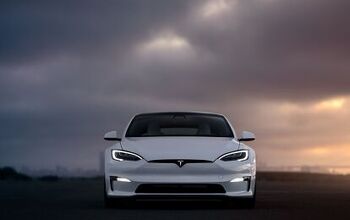
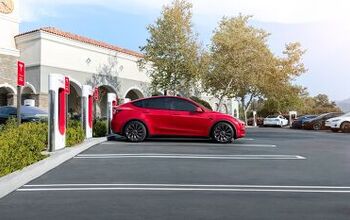
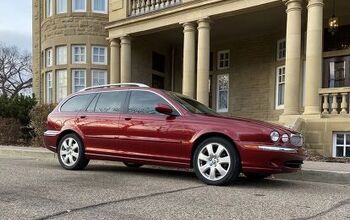

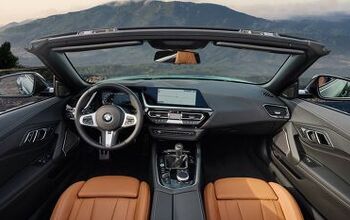




Comments
Join the conversation
I had one as my first car. 1980 Mazda 323 5-door front wheel drive 1.3L 4 speed, must have been one of the first batch of them to be sold here. Like this one: http://commons.wikimedia.org/wiki/File:1980-1982_Mazda_323_(BD)_5-door_hatchback_01.jpg The interior was blue and a bit less 80s plasticy than later ones like the junkyard find. I kind of regret selling it because it was a fun little run around but I just couldn't use it as a daily driver, and couldn't afford two cars. No A/C on 40 degree (104 f) days took some of the fun away, no overdrive gear on long journeys proved tiresome too.
I owned a 1984 Mazda GLC....what a POS. While researching the car in the public library..I found an advertisement for the car. The ad was bragging about how it had a carburetor with a brain! I don't recall it having a brain..I do however remember it having 158 vacuum hoses. I remember not being able to drive it for 10 miles before having to clean out the EGR valve. Also the link for the most unique GLC..all of the pictures are broken.